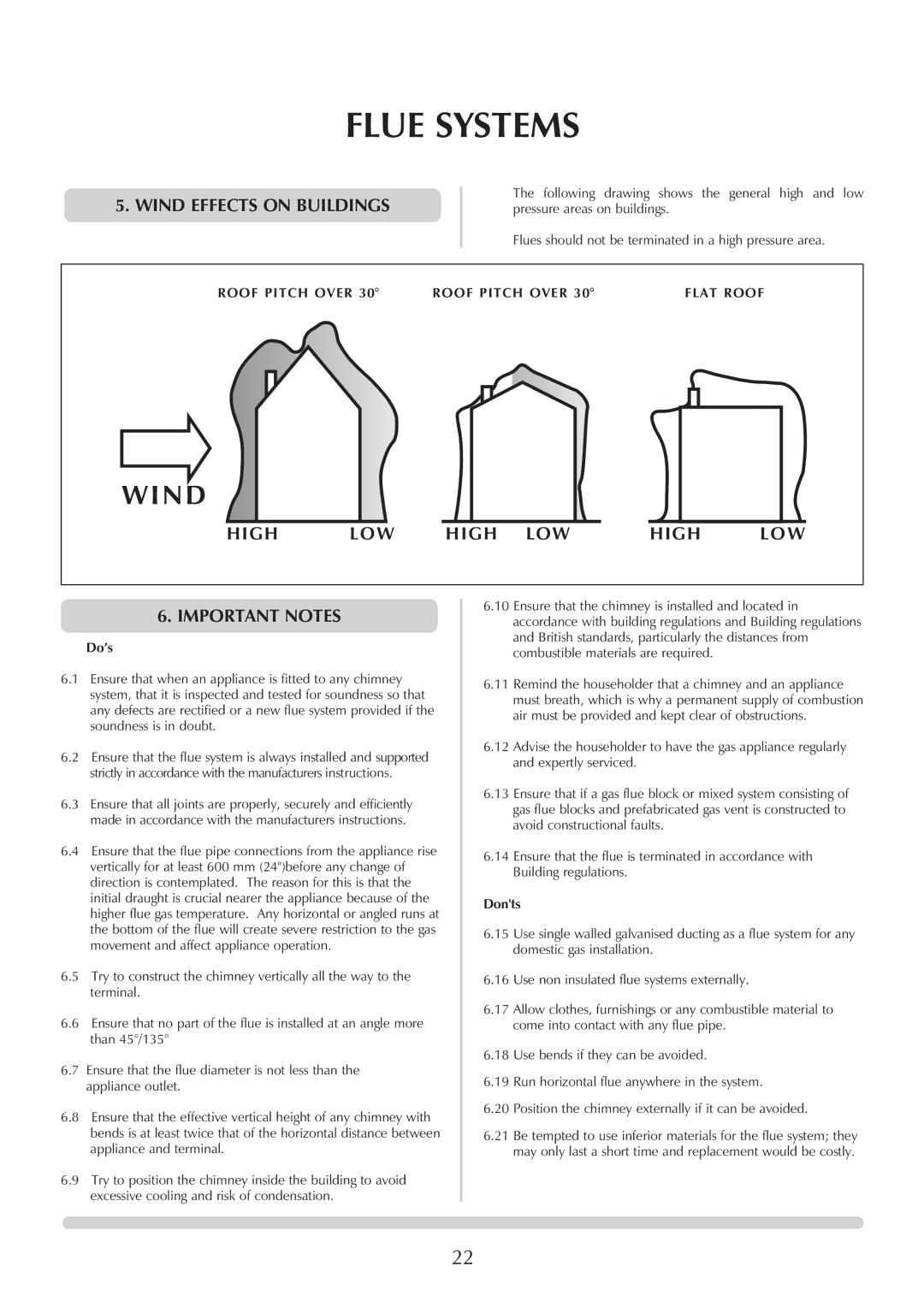Central Heating Cooker Natural Gas specifications
The Honeywell Central Heating Cooker powered by natural gas is a prime example of modern kitchen technology, seamlessly blending efficiency, convenience, and safety features to create an exceptional cooking experience. With Honeywell's years of expertise in heating solutions, this cooker is designed to provide not only a reliable cooking tool but also an efficient heating source for your home.One of the standout features of the Honeywell Central Heating Cooker is its efficient natural gas operation. Utilizing natural gas ensures that the cooker operates at a lower cost compared to electric models, making it an economical choice for households. The heat produced by natural gas is immediate, allowing for faster cooking times and better temperature control, ensuring that meals are prepared quickly and to precise specifications.
The cooker incorporates advanced heating technologies, including uniform heat distribution that minimizes hot spots and ensures even cooking across pans. This is particularly beneficial when preparing complex dishes that require different cooking techniques simultaneously. The integrated thermostat monitors the cooking temperature in real-time, allowing for perfect results every time.
In terms of safety, the Honeywell Central Heating Cooker is equipped with multiple safety mechanisms. An automatic shut-off feature provides peace of mind, especially for busy households. This is complemented by flame failure devices that detect if the flame goes out unexpectedly, cutting off the gas supply to prevent potentially hazardous situations.
The design of the Honeywell cooker is also user-friendly, offering intuitive controls that make it easy to adjust the settings as needed. The model features spacious cooking surfaces with multiple burners, accommodating various pot and pan sizes while optimizing workspace in the kitchen. Additionally, the sleek stainless steel finish not only looks modern but is also easy to clean.
Furthermore, energy efficiency is a key characteristic of the Honeywell Central Heating Cooker. It adheres to stringent energy standards, helping users reduce their carbon footprint while also saving on energy costs. This combination of efficiency, safety, and performance sets Honeywell apart as a leader in cooking appliances.
Ultimately, the Honeywell Central Heating Cooker is not just a cooking appliance; it represents a harmony of functionality, safety, and innovation. Whether you are a professional chef or a home cook, this cooker promises to elevate your cooking experience while also providing an efficient heating solution for your home.

